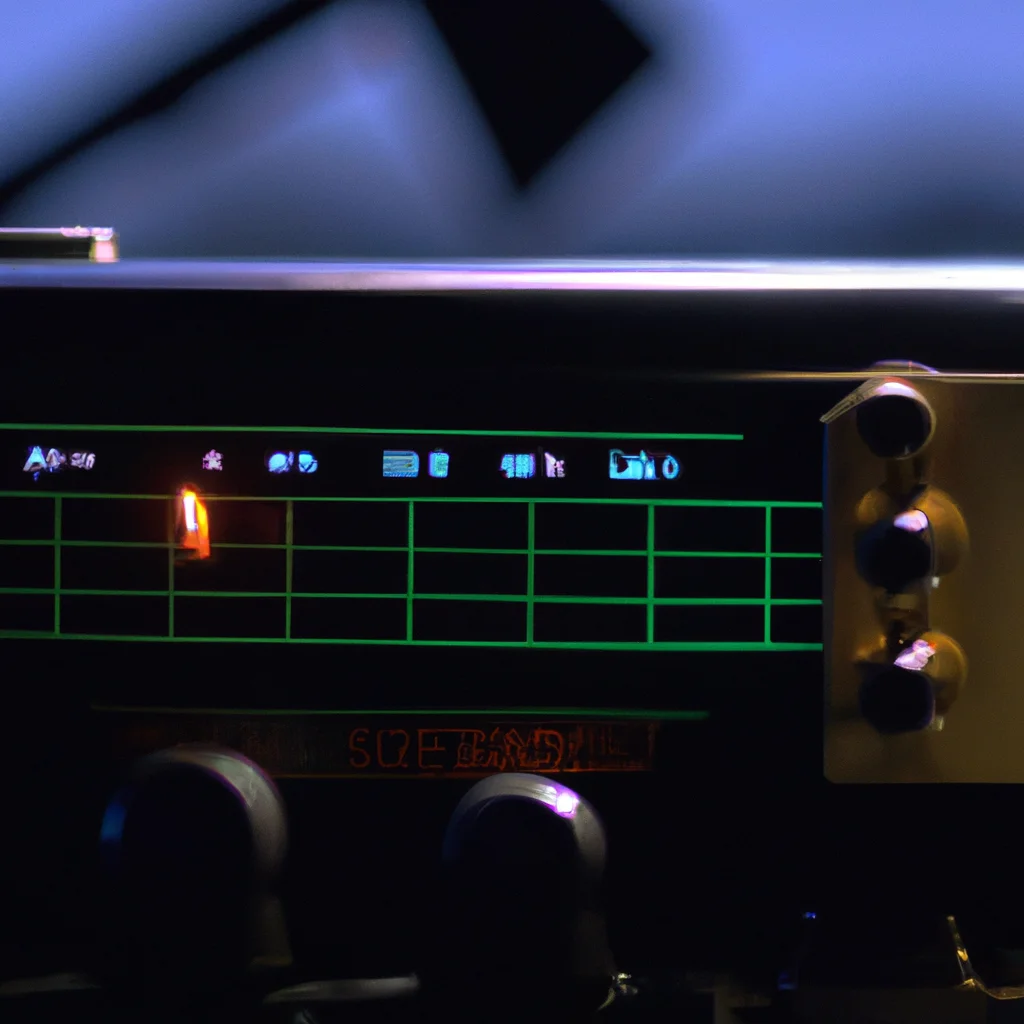How does a radio receive signals?


How does a radio receive signals?
Radio technology has been around for over a century and has played an essential role in communication, entertainment, and information dissemination. Radios can receive signals from various sources, including AM and FM radio stations, satellite signals, and even Bluetooth devices. But how does a radio receive signals? In this article, we will explore the process of radio reception, the components involved, and the factors that affect radio signal strength.
Radio Wave and Radio Frequency
Radio signals are electromagnetic waves that travel through the air at the speed of light. These waves have different frequencies, which determine how far they can travel and how well they can penetrate obstacles. The frequency of a radio wave is measured in Hertz (Hz), which represents the number of cycles per second.
Radio frequencies are divided into different bands, each with a specific range of frequencies. The most common radio bands are AM (amplitude modulation) and FM (frequency modulation). AM radio uses frequencies between 535 kHz and 1605 kHz, while FM radio uses frequencies between 88 MHz and 108 MHz.
Antenna
The antenna is a critical component in radio reception. It is responsible for capturing radio signals and converting them into electrical signals that can be processed by the radio receiver. Antennas come in different shapes and sizes, depending on the frequency and range of the radio signals they are designed to receive.
The length of the antenna is also important, as it determines the wavelength of the radio signals it can receive. For example, a half-wave dipole antenna for FM radio would be about 1.5 meters long, while an AM radio antenna would be much longer, around 100 meters.
Radio Receiver
Once the radio signals are captured by the antenna, they are sent to the radio receiver, which is responsible for processing and amplifying the electrical signals. The receiver consists of various components, including filters, amplifiers, and demodulators, which work together to convert the electrical signals into sound waves that can be heard through the radio’s speakers.
The receiver’s tuning circuit is another critical component that allows the radio to select a specific frequency from the radio waves that are captured by the antenna. The tuning circuit can be adjusted manually or automatically, depending on the radio’s design.
Signal Strength
The strength of a radio signal is determined by several factors, including the distance between the transmitter and the receiver, the power of the transmitter, and any obstacles that may interfere with the signal’s path. A weaker signal will result in poor reception quality, while a stronger signal will result in clearer and more stable reception.
Factors that can affect radio signal strength include:
– Distance: The farther away the transmitter is, the weaker the signal will be when it reaches the receiver.
– Obstacles: Buildings, trees, mountains, and other obstacles can block or reflect radio signals, resulting in weaker or distorted reception.
– Interference: Other electronic devices, such as motors, power lines, and cell phones, can generate electromagnetic interference that can affect radio reception.
Conclusion
In conclusion, radio reception is a complex process that involves capturing and processing electromagnetic waves. Radio signals are transmitted through the air at specific frequencies, and the antenna captures them and converts them into electrical signals that can be processed by the radio receiver. The receiver’s tuning circuit selects a specific frequency, and the signal strength is affected by several factors, including distance, obstacles, and interference. Understanding how radio signals are received is essential for anyone who wants to enjoy clear and stable radio reception.
Recent Posts
How do I create an engaging and informative online quiz or assessment?
Creating an engaging and informative online quiz or assessment can be a powerful tool for… Read More
What are the most effective methods for managing and reducing work-related stress in the hospitality industry?
Work-related stress is a common issue in the hospitality industry, where employees often face long… Read More
How can I improve my assertiveness and communication skills in a leadership position?
In a leadership position, assertiveness and effective communication skills are crucial for success. Being able… Read More
What are the key elements of a successful employee recognition and rewards program?
Employee recognition and rewards programs play a crucial role in motivating and engaging employees, as… Read More
How do I effectively manage and respond to customer feedback and reviews?
Customer feedback and online reviews play a crucial role in shaping a company's reputation and… Read More
What are the best strategies for effective time management as a stay-at-home parent?
Effective time management is crucial for stay-at-home parents who juggle multiple responsibilities on a daily… Read More